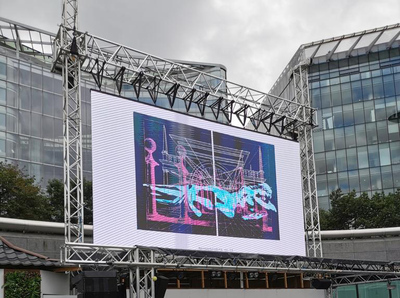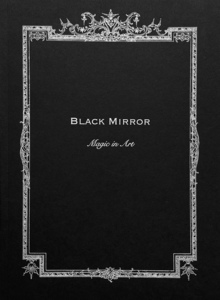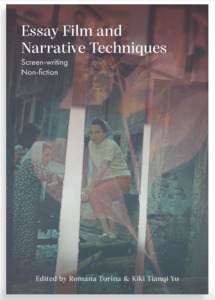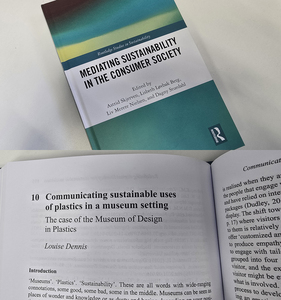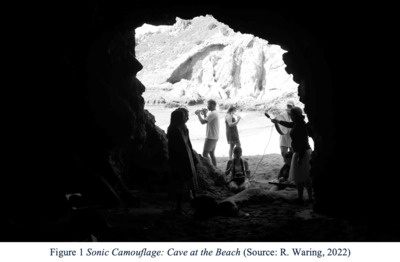What does war sound like? During the 2014 centenary of the start of the First World War the question has driven historians, archivists and artists to attempt recreations of a comprehensive sonic landscape of this Great War. There are no known authentic audio recordings of battle from the period but sound engineering has contrived to recreate the sounds of this first modern war. Focusing on the Western Front, historians have created a typology of sound by identifying the particular qualities of each weapon type that was used there. For the 2014 BBC Scotland documentary Pipers of the Trenches British writer and historian Michael Stedman collaborated with Paul Wilson, dubbing mixer at the Digital Design Studio, Glasgow School of Art, to create an audioscape intended to replicate a period of intense fighting during the Battle of the Somme in 1916. The result is a rather colourful, though truly cacophonous, soundscape that assaults the ears. Although individual components can be identified the chaotic collage is essentially impressionistic. It tells us something about warfare in extremis, but perhaps less about the actual and separate acoustics of that conflict.
Less concerned with 'the beleaguered ear' of the front-line soldier, the artists explored in this chapter have an interest in the very opposite of the disturbing acoustic of warfare; instead they have become fascinated by the sounds of silence, particularly those associated with the rituals of remembrance. On Remembrance Sunday 2001, conceptual artist Jonty Semper released a double CD album, Kenotaphion, which captures the empty sounds of seventy years of silences recorded at Armistice Day and Remembrance Sunday ceremonies at the London Cenotaph. Through her practice as a filmmaker and installation artist Katie Davies explores how society, territory and political debate are controlled. Francis Alÿs is a Belgian artist whose international work occupies the intersection between art, architecture, performance and social practice. Whereas Davies's filmic practice is predicated on a fixed tripod position located perpendicular to her chosen motif, Alÿs puts a premium on movement and collaboration.
 |



 Lists
Lists Lists
Lists

![Gough_Modern Conflict and the Senses.jpg [thumbnail of Gough_Modern Conflict and the Senses.jpg]](https://research.aub.ac.uk/161/2.haslightboxThumbnailVersion/Gough_Modern%20Conflict%20and%20the%20Senses.jpg)


